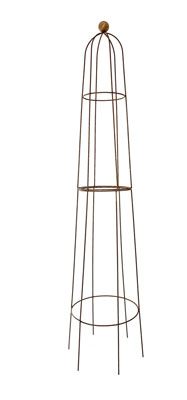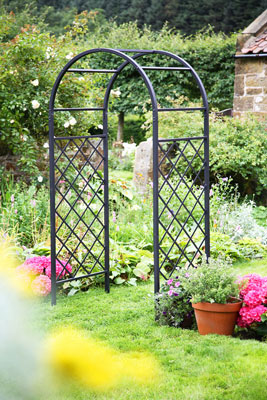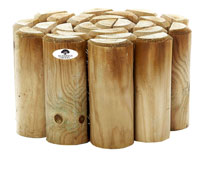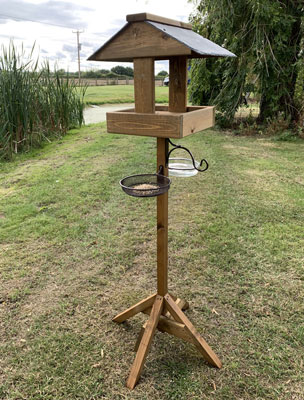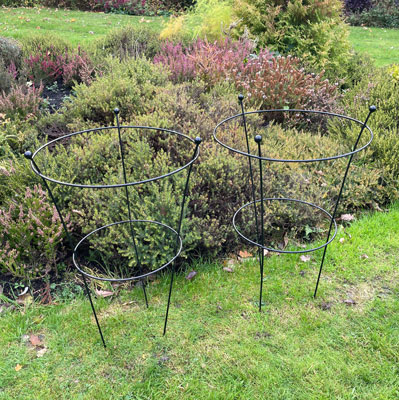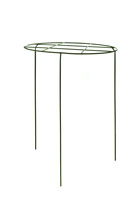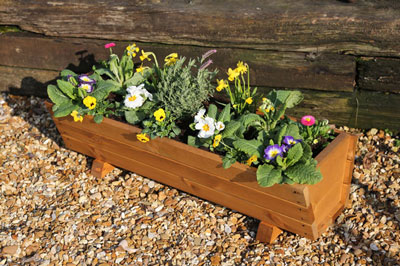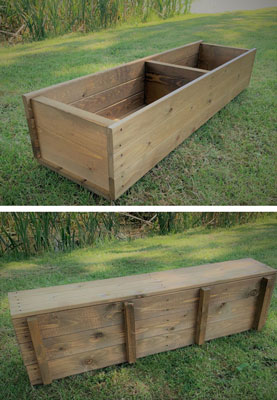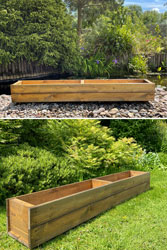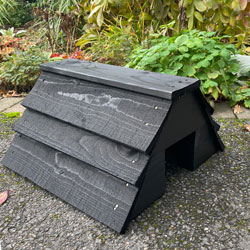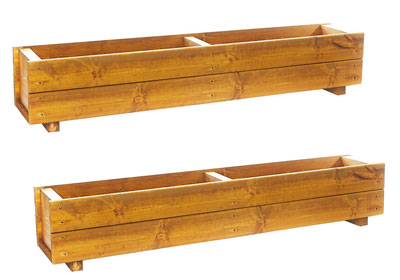Annual Planting
Choosing Flowers to Grow
By and large it is easier to grow annuals than perennials, they can be sown where you want them to grow and require little further attention, although a bit of general fertiliser is always good and dead-heading will dramatically extend your flowering season.
There are two types of annuals hardy and half hardy. Hardy annuals are the easiest to grow, and they will self seed to give the same display next year, to get this you must stop heading at least some plants at the end of August, this will give seeds time to set and ripen before the cold weather cuts them down.
To get an earlier flowering it is usually worth sowing about a third of your seeds in trays in a greenhouse in early March. If you use a tray with compartments then the small plants are easily transferred to individual small pots, usually about a month after sowing, then towards the end of April when the soil is starting to warm up you can plant these out and sow the rest of the seeds directly where you want them to grow.
At some point in the autumn the plants will die down and can be removed from the garden; beware of putting any that have set seed on your compost heap, it is unlikely that your heap will get hot enough to damage the seeds.
Biennials are plants that are planted one year, flower the following year and then at least that’s the theory, in practice they usually last 3 or 4 years, but don’t have quite as many flowers in the later years.
Annuals Planting
Annuals can be the best value plants in your garden and can quickly fill a large space with colour. They are especially useful for filling in gaps between perennials or shrubs and are the normal choice for filling troughs and hanging baskets. Annual plants will grow from seed and flower in the same year and then they will die.
There are two distinct types of annual, hardy and half hardy. You can plant the seed of hardy annuals directly into the soil where you want them to grow, whereas seeds of half hardy annuals need to be planted in warmth, ideally in a propagator or at least in a greenhouse or on a warm windowsill in the house. The knock on of this difference is that hardy annuals will usually self seed and you will get plants for many years to come without any more effort on your behalf, whereas half hardy annuals will rarely successfully self seed unless they are in a particularly warm spot.
There are a number of things you can do to to maximise the effect of your annual flowers. First sow early, March is usually the best month. When your seedlings start to appear, don’t let them be too overcrowded, say 3-4 inches between plants, and once you have got four leaves pinch out the growing tip – this will make a bushier plant. The pinching out can be repeated when each of the resultant shoots has two or mor leaves.
The most important thing to do, as with all flowering plants is to stop them setting seed by removing the dead or dying flowers early. The plant will now try extra hard to set seed before it dies by producing more flowers. You may like to let some seeds set later in the season if you want the plant to self seed.
Using a high potash fertiliser, frequently sold as tomato feed, every couple of weeks from the beginning of July will again encourage more flowers. Do not apply general od high nitrogen fertilisers or you will find you get a luxurious bunch of leave and few flowers


